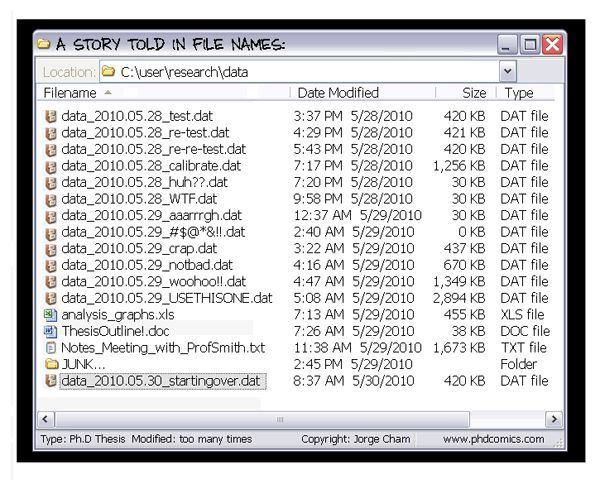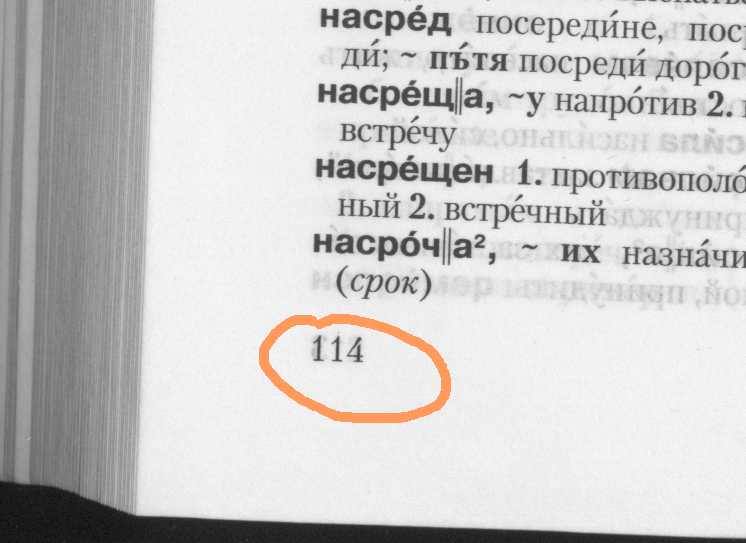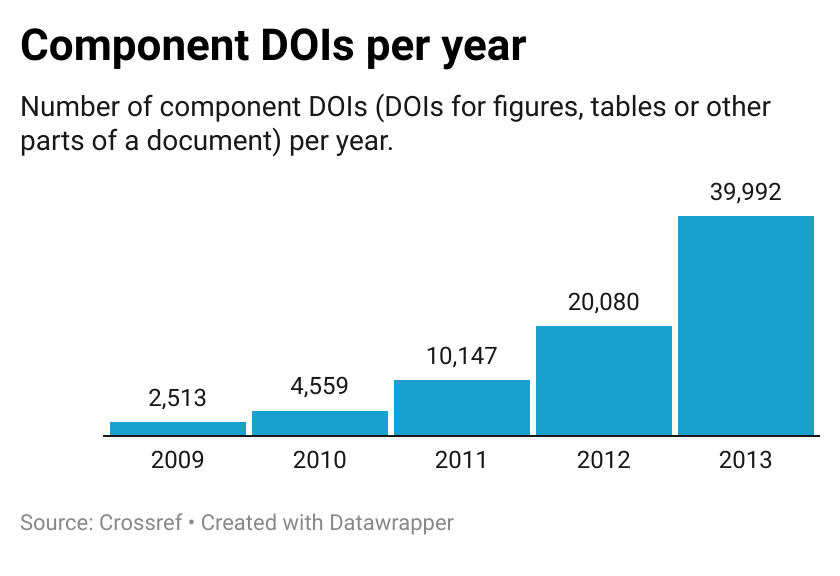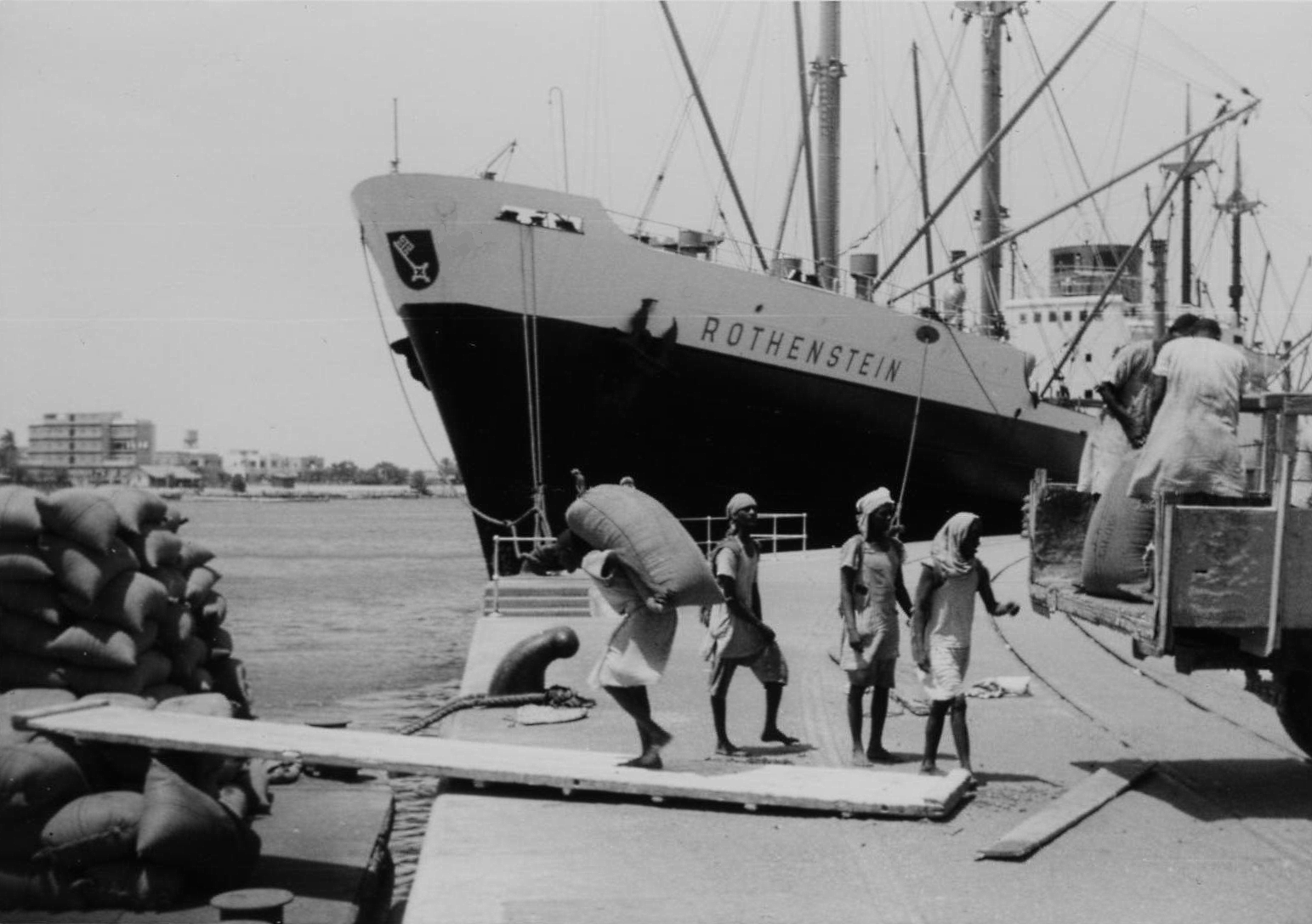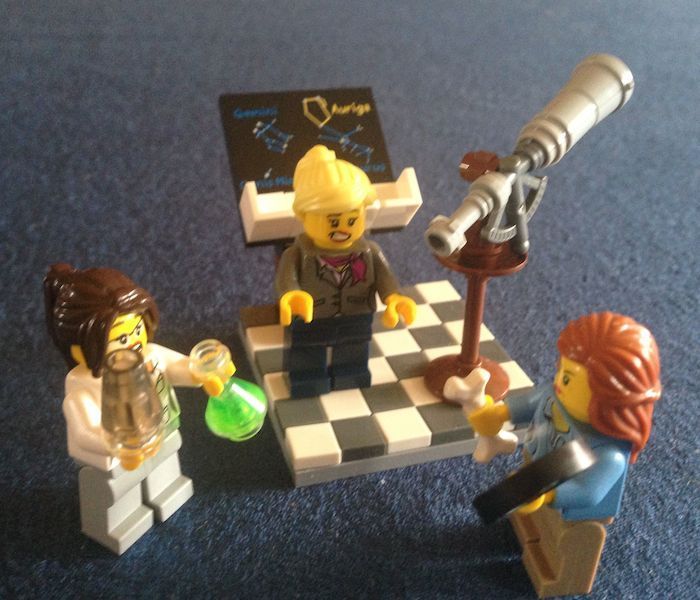
In my last post I wrote about the importance of keeping things simple in scholarly publishing, today I want to go into more detail with one example: citations in scholarly documents. Citations are an essential part of scholarly documents, and they are summarized in the references section at the end of the article or book chapter. The problem is that not everything that is cited in a scholarly document ends up in the references list.


